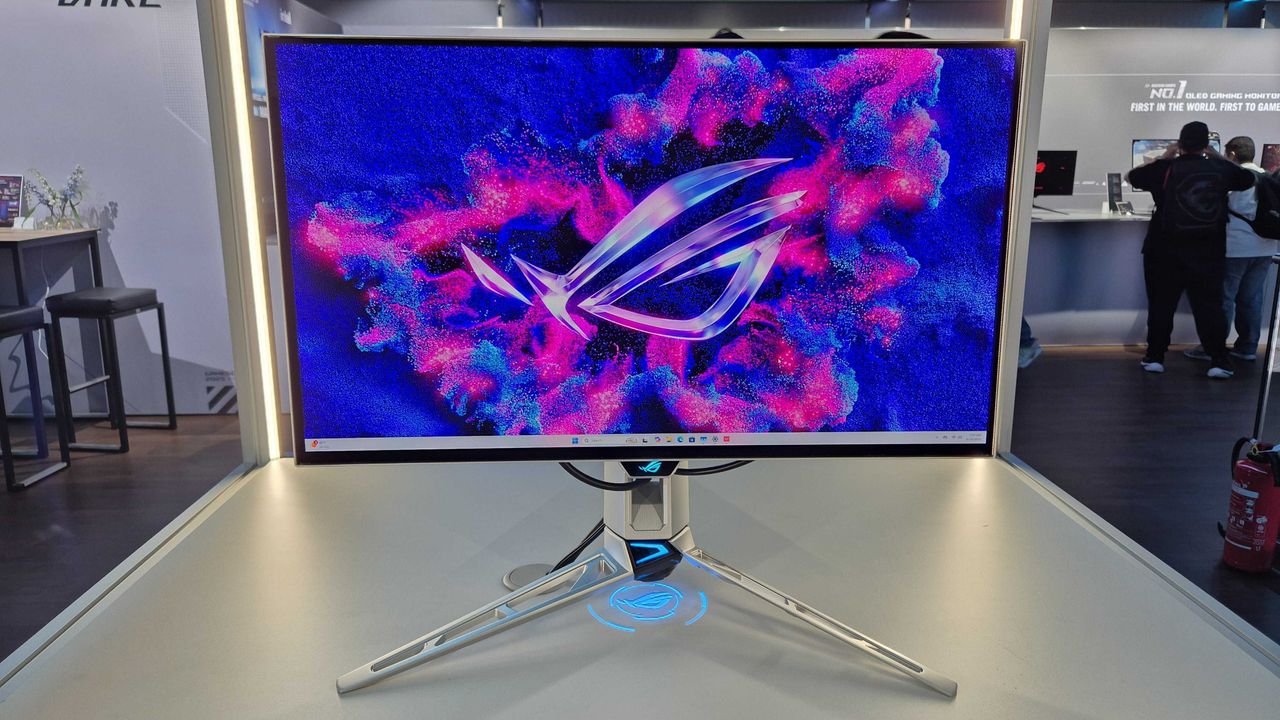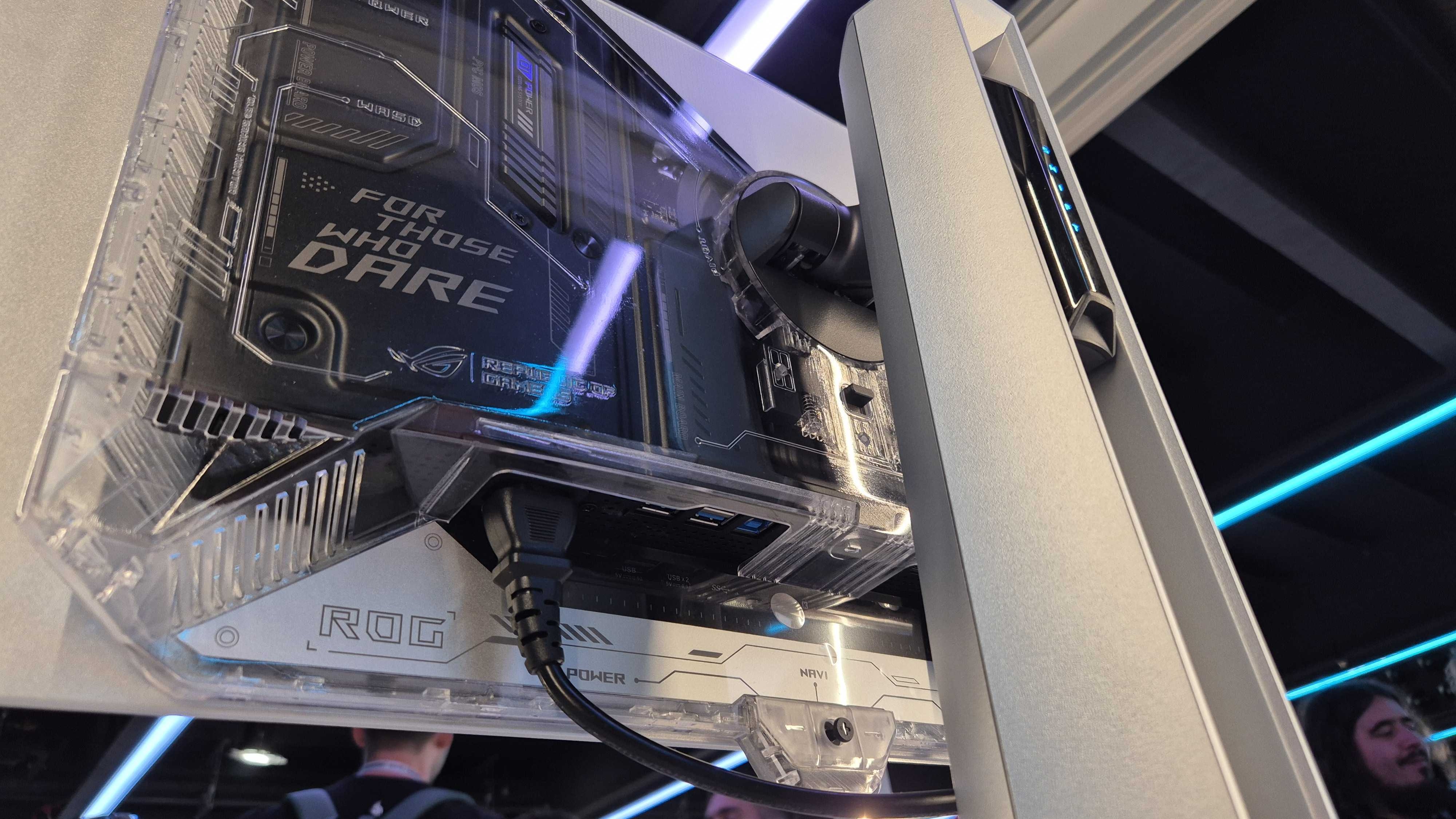
- Asus announced and unveiled a Tandem OLED gaming monitor at Gamescom 2025
- The monitor will have two layers of pixels for better brightness, power efficiency, and OLED lifespan
- It will have a 520Hz refresh rate at 1440p and 720Hz at 1080p
Gamescom 2025 is well underway, after Opening Night Live hosted by Geoff Keighley revealed world premieres and updates to highly anticipated titles. However, Asus, known for some of the best monitors, is the star of the show so far with new hardware set to enhance gaming experiences – and no, it’s not the ROG Xbox Ally.
As reported by The Verge, the new Asus ROG Swift OLED PG27AQWP-W was announced and unveiled at Gamescom 2025, a gaming monitor that offers users a 540Hz refresh rate at a 2560×1440 display resolution and a 720Hz refresh rate at 1080p. Both the Swift OLED PG27AQWP-W and LG’s 4th Gen OLED are the fastest OLED and arguably the best gaming monitors on the market.
It’s not just regular OLED either; Asus’ new gaming monitor will use Tandem OLED technology, which is essentially two layers of pixels used to produce higher and (theoretically) more consistent brightness, deeper black levels, and a reduced risk of burn-in on its ‘TrueBlack Glossy’ display.
Most importantly, this should result in lower power consumption compared to other OLEDs, since each pixel isn’t working as hard as usual to produce high brightness and deep blacks. Asus claims that the Tandem OLED panel results in ‘15% higher peak brightness, 25% larger color volume, and 60% longer OLED lifespan’.
If these claims are accurate, this should address one of the biggest issues that OLED monitors suffer from, which is an Auto Brightness Limiter (ABL). Brightness limiting occurs whenever viewing brighter content in HDR or, for example, browsing on a pure white screen, which is done to control power consumption, and of course, reduce burn-in risks.
Since Tandem OLED is used to address OLED lifespan and brightness, it sounds like the ideal solution for ABL issues, and this could further widen the gap between OLED and mini-LED monitors, with the former in the lead.
Analysis: I was gradually getting frustrated with OLED care…
The use of Tandem OLED technology may very well be used by a wide range of other monitor manufacturers, and that’s fantastic news for me. For a long while, OLED care with constant pixel refreshes and ABL left me considering mini-LED, where neither of those issues (except for ABL, but it’s a lot less common compared to OLEDs) exists.
Losing out on consistent high brightness and constantly worrying about burn-in with pixel refresh alerts shouldn’t be an issue with Tandem OLED. Of course, it’s very dependent on how manufacturers implement this technology on monitors, and whether the claim of a 60% longer OLED lifespan means OLED pixel refreshes aren’t required as often.
However, it’s already a step in the right direction in terms of the added benefits of deeper black levels and brightness (whether that’s with ABL or not), without the cost of using more power.
There’s no word on pricing or a release date yet, but I have no doubts that this will cost a fortune, so get your wallets ready if you’re interested.
You might also like…
- It’s high time the Studio Display joined the mini-LED party, and rumors suggest Apple could use the tech in its next monitor for creative pros
- OLED is great, but the Mobile Pixels 34-inch ultrawide has taught me to respect mini-LED monitors – here is my take after two weeks
- I think the Asus ROG Zephyrus G14 is the only gaming laptop I’d spend money on – and it’s all thanks to Nvidia’s powerful RTX 5070 Ti




Leave A Comment